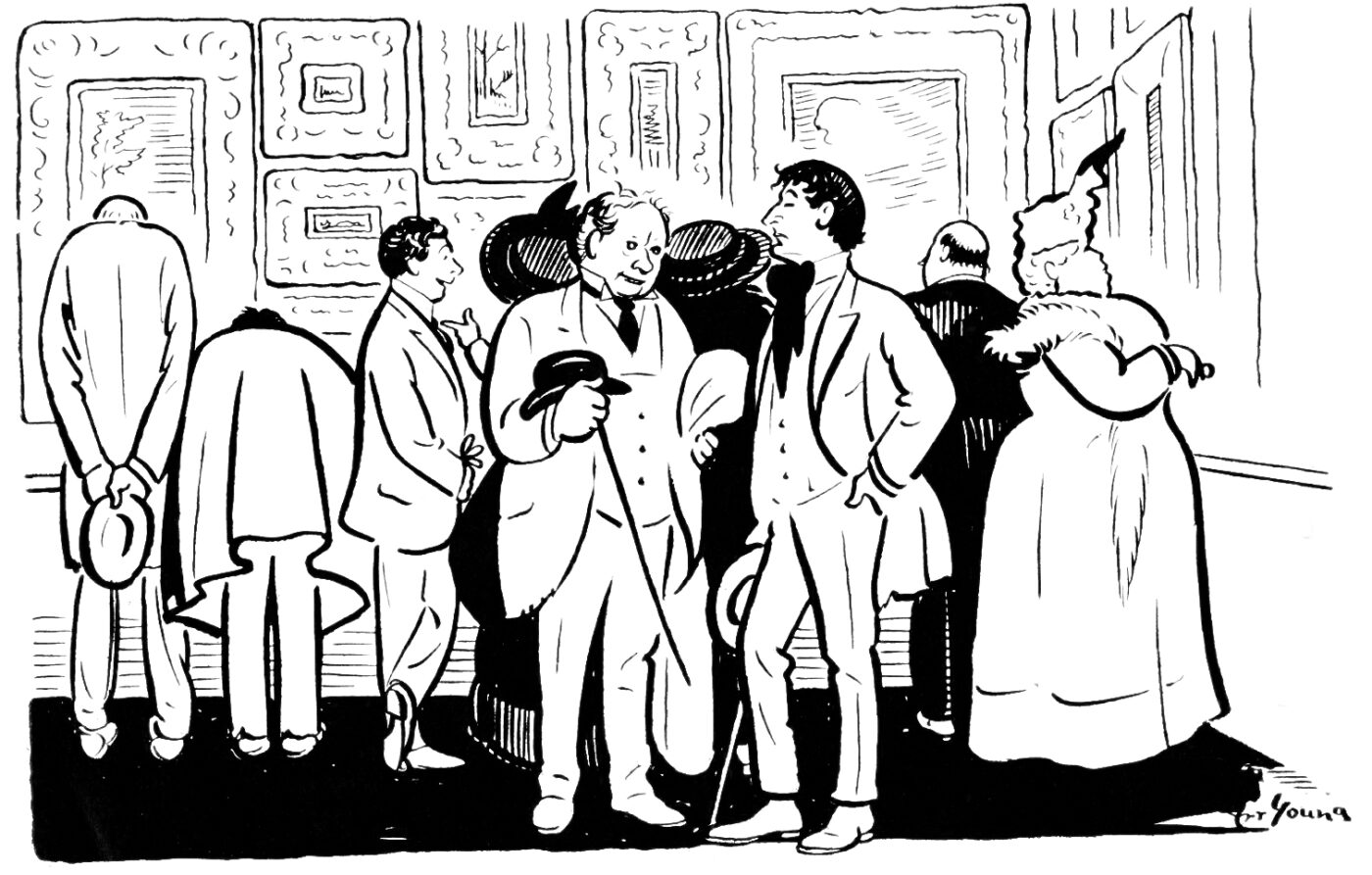
Arthur Young, The Masses, December 1916

Arthur Young, The Masses, December 1916
We launched The Drift three years ago by posting a link to Twitter. At the time, people half-joked that social media was the only conduit to the outside world; certainly, it was the only way we could have presented our work to anything resembling a public. That was a singular season, a summer of protest that came on the heels of a spring indoors — a period when it still felt profound to say that what we were going through represented not only a rupture in the fabric of everyone’s daily existence, but also an acceleration of the trends that had long been suffusing it. (Twitter wasn’t real life, until it was.)
The past year has seen a surfeit of hand-wringing over the slowly unfolding demise of the tech behemoth. At the same time, we’ve been witnessing the gradual waning of another app that, as much as Twitter, has defined our generation’s sensibility, and shaped its creative output. Instagram was yet another in a series of platforms that, in the years since the turn of the millennium, had sprung up to provide the venues where our generation was instructed, and expected, to fashion public-facing self-narratives, from the moment we first had a concept of the self. Founded with the (explicitly, histrionically) stated intent of opening up the world — creating a global community — these platforms have instead narrowed our horizons of possibility, standardizing the parameters into which any idea or story or image must be bent to fit. On Facebook, images were nested between the conversations and news articles that Twitter was built to foreground. On Instagram, even the pretense of sociality was abandoned; the profile was distilled down to its purest form, a naked representation of narcissism itself. We scrolled through endless selfies, stylized food tableaux, enviable travel pics, touched-up bikini shots.
Instagram became the place our generation’s artists were discovered. It was the forum on which even writers could exhibit idyllic settings for the life of the mind, and then the spoils of literary success. Gen X derided “lifestyles”; it disdained “careerism.” For millennials, the two became interlocking mechanisms. In some sense, our generation was tasked with translating our newly online social vernacular into art. Members of our cohort have been praised for including emails in novels, sourcing oil paintings from Google Images — replicating the conditions of the formal and intellectual constraints to which we’ve become accustomed. Novelists get famous on Twitter, then write novels structured like streams of tweets; gallerists search Instagram for painters who proceed to produce the kinds of images that primarily look good on Instagram. As both social media empires falter, we’ve begun to wonder what other forms we’re losing, which avenues of artistic innovation have been foreclosed. Is there an alternative, anymore, to the algorithmic mainstream? This issue — our tenth — is structured around that question.
In our interview, we talked with the poet and professor Cathy Park Hong about the absence of a counterculture. For our Dispatches section, we asked some of our favorite writers, artists, dancers, and critics what’s happened to the avant-garde. And many of this issue’s essayists are as concerned as we are with the interplay between the online and the IRL. Gabriel Jandali Appel reads Bret Easton Ellis’s podcast alongside his critically acclaimed new novel; B.D. McClay reads illness memoirs alongside the subreddit r/illnessfakers. Mitch Therieau theorizes the prototypical millennial producer, Jack Antonoff, and his ability to turn “indie” into mass-consumed content. Meanwhile, Piper French tells us what the Atlanta rap collective YSL has in common with the Mob, and Nick Bowlin travels to the world’s largest annual mining conference to scrutinize the industry behind the metals that power our devices in an increasingly electrified world.
Our fiction contributors pull us offline and away from the internet’s smoothing tendencies. Rosemarie Ho takes us to the front lines of the 2019 protests against the extradition bill in Hong Kong, while Angelo Hernandez-Sias descends into the bowels of an airport for a highly peculiar interrogation. Mariah Kreutter introduces the concept of time travel into an age gap relationship, Vivian Z. Hu imagines a world populated by giant snakes, and J Petersen sends us on a road trip with royalty.
The poets in this issue — Megan Fernandes, Isabel Galleymore, Kim Hyesoon, Zaynab Bobi, and S. Brook Corfman — complicate the corporeal form: kitten as lion, child as clock, pupil as carnation, “eternal disappearance” by way of humiliation, shark, or hypothermic sleep. And in our Mentions section, you’ll find horned-up divorcées, hard-bodied unicorns, and in-your-face geometry.
Our tenth issue is too long for a tweet or an Instagram caption, by many orders of magnitude. As the platforms that have defined our consumption over the past decade collapse, we’ll keep our chips on print. At least until we make a TikTok.